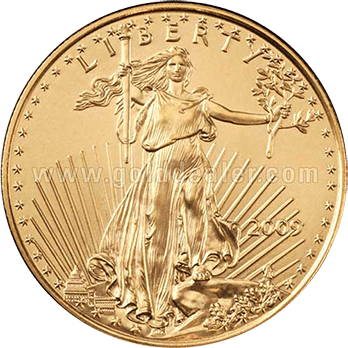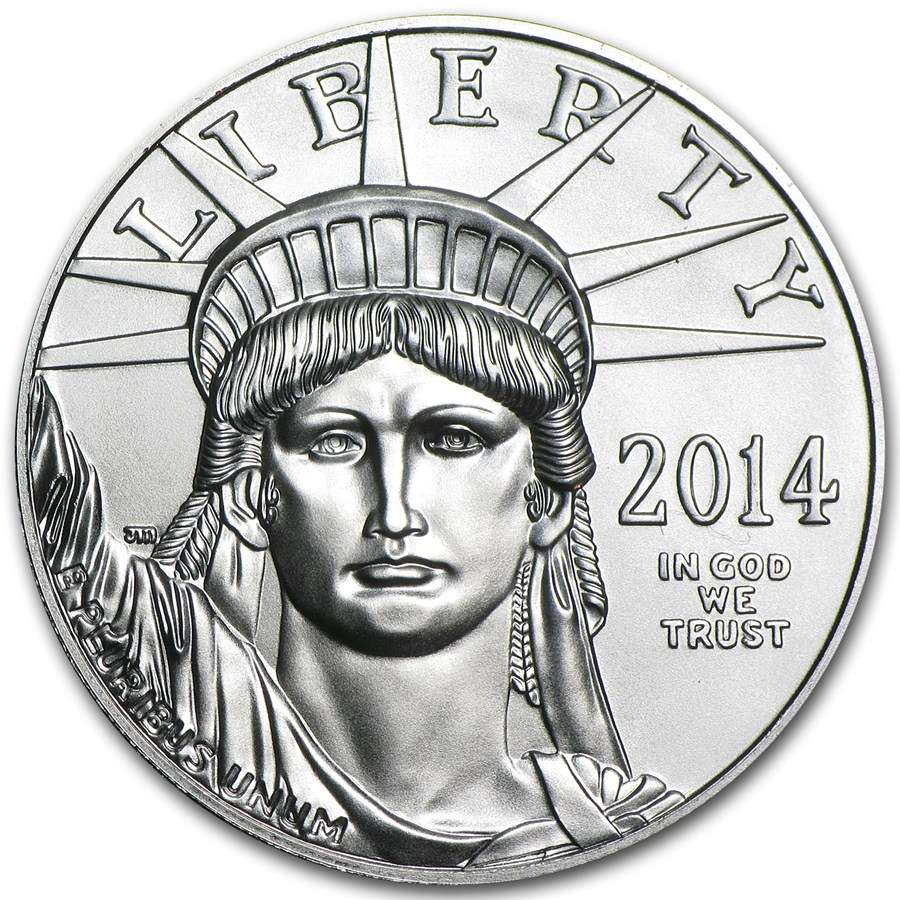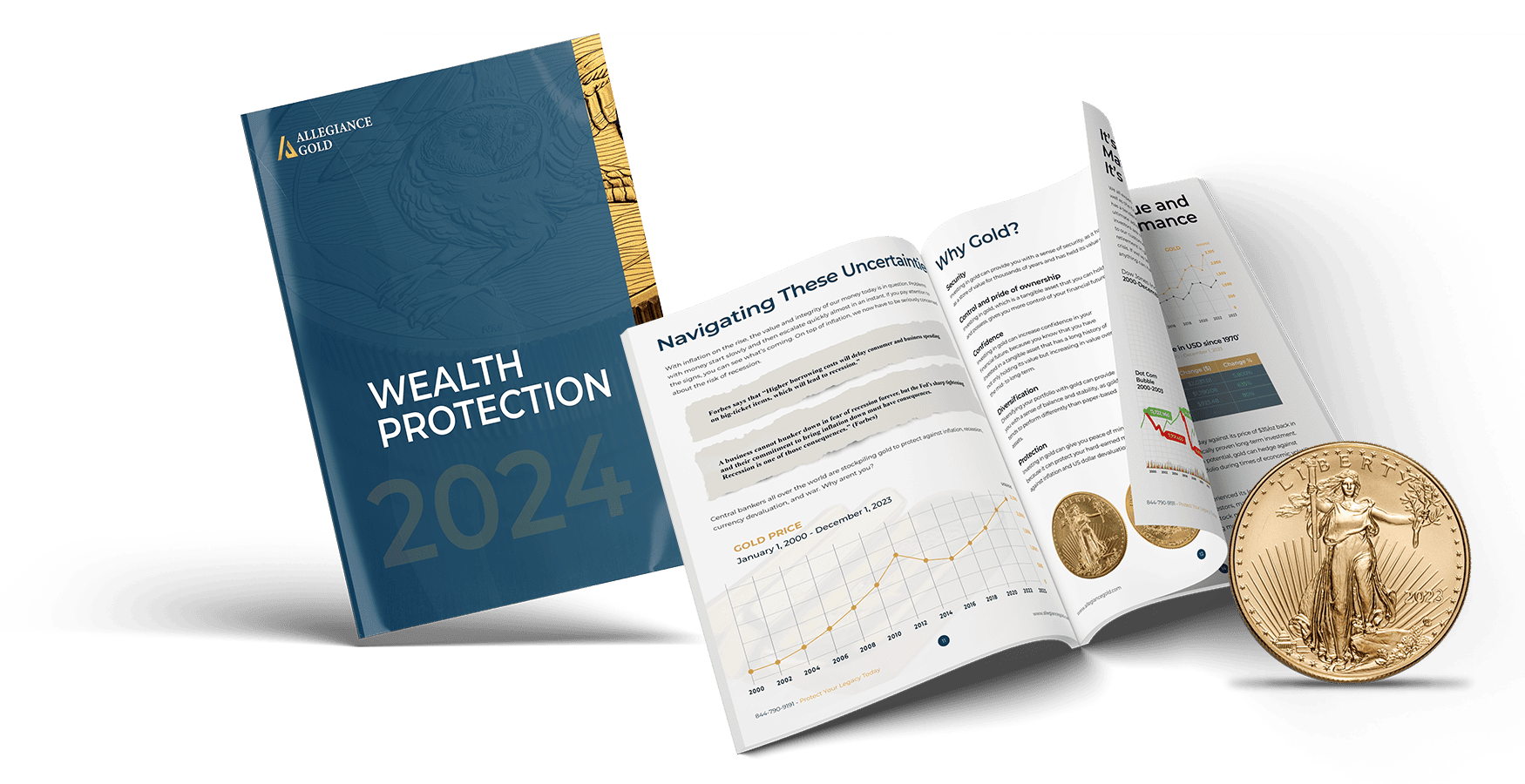At the height of the worldwide spread of Coronavirus, Silver has more than doubled in value. Given a significant rise in demand, it is now poised to finish the year stronger than ever.
The world’s billionaires have gotten more attention for their investments this year than ever. Warren Buffett, who has shunned precious metal investments in the past, took out 26% of his funds out of banks and poured $565 Million into gold.
While gold investments have gotten most of the market recognition this year by rising over 25% and breaking the $2000 benchmark, silver investments have been quietly doubling in value. Bill Gates has previously admitted he did well with silver and many other experts who are predicting silver price quadrupling in value over the next 24 months, have been saying that silver is nowhere near where it currently should be, forecasting a rise to triple digits within the next few years.
How can they be so sure silver will increase in value by that much?
The market volatility amid the economic crisis brought on by the pandemic has a growing number of investors hedging their portfolios with precious metas to minimize risk. That’s a no-brainer. But what happens after the Covid crash? What can we expect post pandemic?
The truth is, the demand for silver is constantly rising, hence analysts are seeing the metal as severely underpriced. It won’t take long for the rest of the market to catch up to this idea as silver is used in a number of ways that will only contribute to its tremendous rise in demand.
The Industrial Demand for Silver
Silver has many industrial uses, which means that economic growth can affect silver prices far more than it affects gold. Only 10-15% of annual gold demand worldwide comes from industrial use, the rest going to jewelry and investment.
Because of silver’s physical strength, brilliance and malleability, people have used silver in jewelry, tableware and fine art for thousands of years. Industrial applications use silver’s conductivity (the highest of any element for electricity and heat) as well as its sensitivity to light and anti-bacterial qualities.
Today silver is invaluable for a number of resources to the military, batteries, dentistry, glass coatings, LED chips, medicine, nuclear reactors, photography, solar energy, RFID chips (ie for tracking parcels or shipments worldwide), semiconductors, touch screens, water purification, wood preservatives and many other industrial uses — making it the world’s indispensable metal.
The biggest consumers of silver for industrial applications this past decade have been the US, Canada, China, India, Japan, South Korea, Germany and Russia, making it a worldwide commodity that will only continue to expand and grow.
The Medicinal Demand for Silver
With every country in the world vying to be the first to produce the coronavirus vaccine, silver has been significantly increasing in medicinal demand. Of all chemical elements, silver has the most powerful antibacterial action with the least toxicity to animal cells.
When added to water, silver releases silver ions. These ions kill and prevent biological growth, disabling the metabolism of germs and hindering their membrane functions.
Silver biocides are found in hospital water systems, catheters, furniture and almost every tool in the operating room. Nanotechnology also uses silver as an antimicrobial, and a catalyst for oxidation, generating oxygen from air or water which destroys the cell wall membranes of single-cell bacteria. Because it only “turns on” this reaction, it does not pollute the surrounding environment.
During the 1920s, over 3 million prescriptions per year were written in the US for medications containing silver. Due to the introduction of penicillin in the 1940s, antibiotics became the standard treatment for bacterial infections, and this use of silver diminished. But new scientific research has since allowed fresh expansion of the medical industry’s use of silver.
The Environmental Demand for Silver
Global warming has been a hot topic in this year’s election and our pursuit of finding ways to create a sustainable world will only continue to broaden.
Silver’s sensitivity to light has found fast-growing use in the photovoltaic, or solar energy, industry. Using silver as a conductive ink, photovoltaic cells transform sunlight into electricity.
Photovoltaic use first made an impact on silver demand in 2000, just as photographic use began its decline, with the sector consuming 1 million ounces that year. This was not even one tenth of the amount used by the electronics industry, but by 2008 the photovoltaic sector was consuming 19 million ounces per year as major government subsidies promoted the industry’s growth in the US, Western Europe and particularly China.
Photovoltaic demand for silver exploded on these taxpayer subsidies, growing at a 50% annual rate. With the solar industry booming, there will be increased demand for silver in years to come.
Overall, there is much more to silver than its historical use as a monetary metal but that doesn’t stop banks from trying to get a piece of the silver pile as well. Since January of 2018, JP Morgan Chase has increased its silver stockpiles by slightly more than 20 million ounces to 139,122,953 ounces in its regulated facility. JP Morgan Chase now owns 53% of the total 261 million ounces of silver held in vaults. In addition, it appears that JP Morgan is increasing stockpiles knowing that prices will climb higher, not only due to inflation but given geopolitical risks that have created more volatility in riskier assets such as equities.
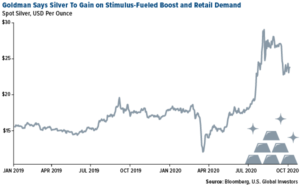
Goldman Sachs Group said silver stands out as an “obvious beneficiary” from government stimulus programs that lean toward renewable energy, which boosts demand for the metal used in solar panels. Analysts said in a note that global solar installations will increase by 50 percent between 2019 and 2023. Goldman’s forecast is for silver to rise to $30 an ounce – about 26 percent higher than current prices.
Investors have been diversifying their portfolios with precious metals like gold and silver for decades but the recent surge in silver prices has experts forecasting and even sharper incline in silver price, forecasting another doubling and even tripling in value in the near future.
Many are taking advantage of silver’s undervalued price, knowing they’ll see significant returns on their investment in both the short and long term.

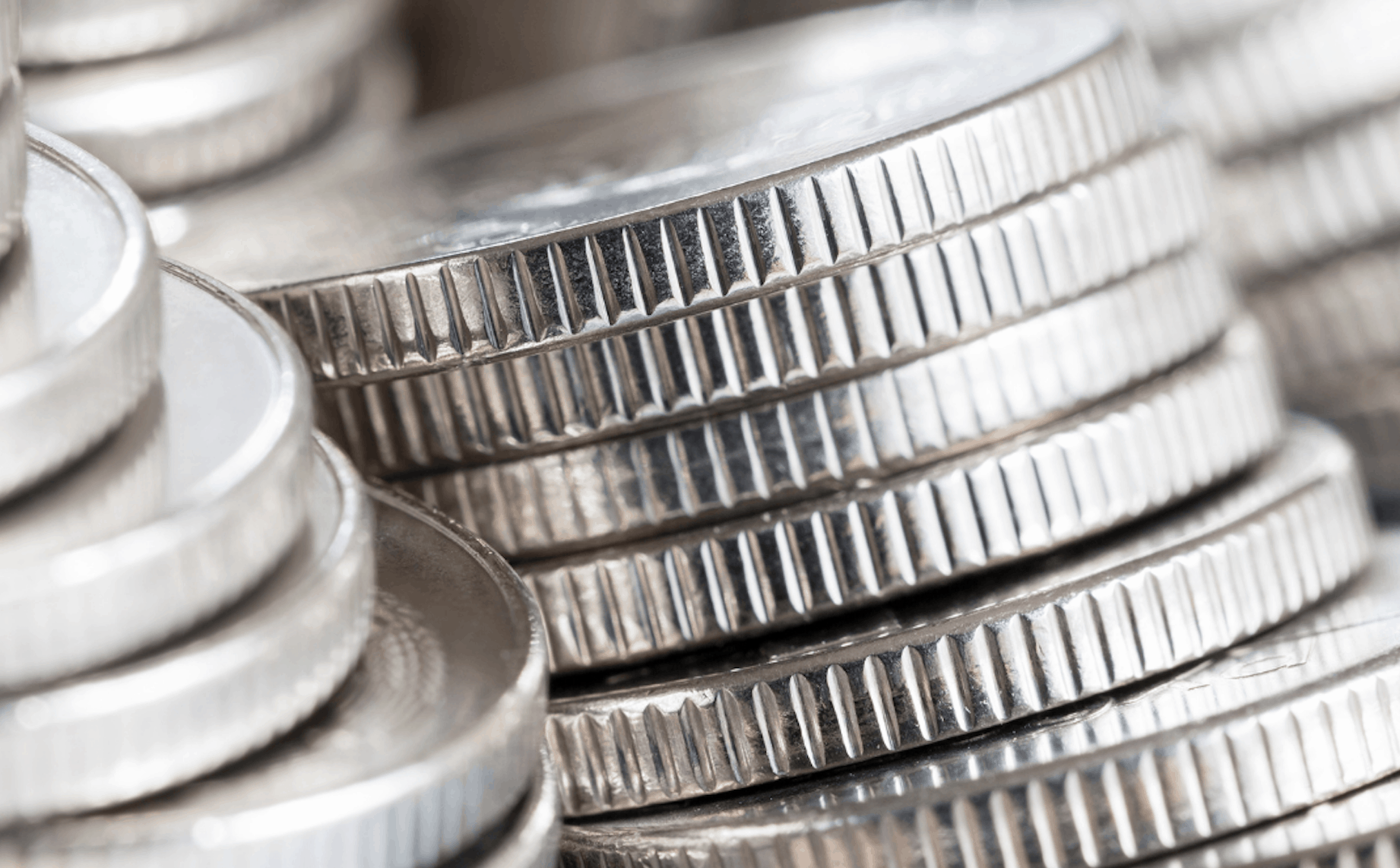
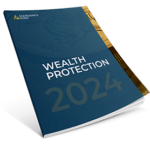
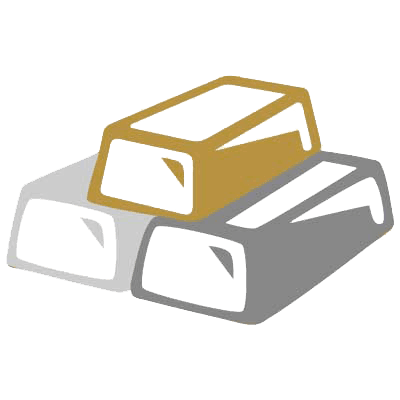 Custom Precious Metals IRA
Custom Precious Metals IRA
